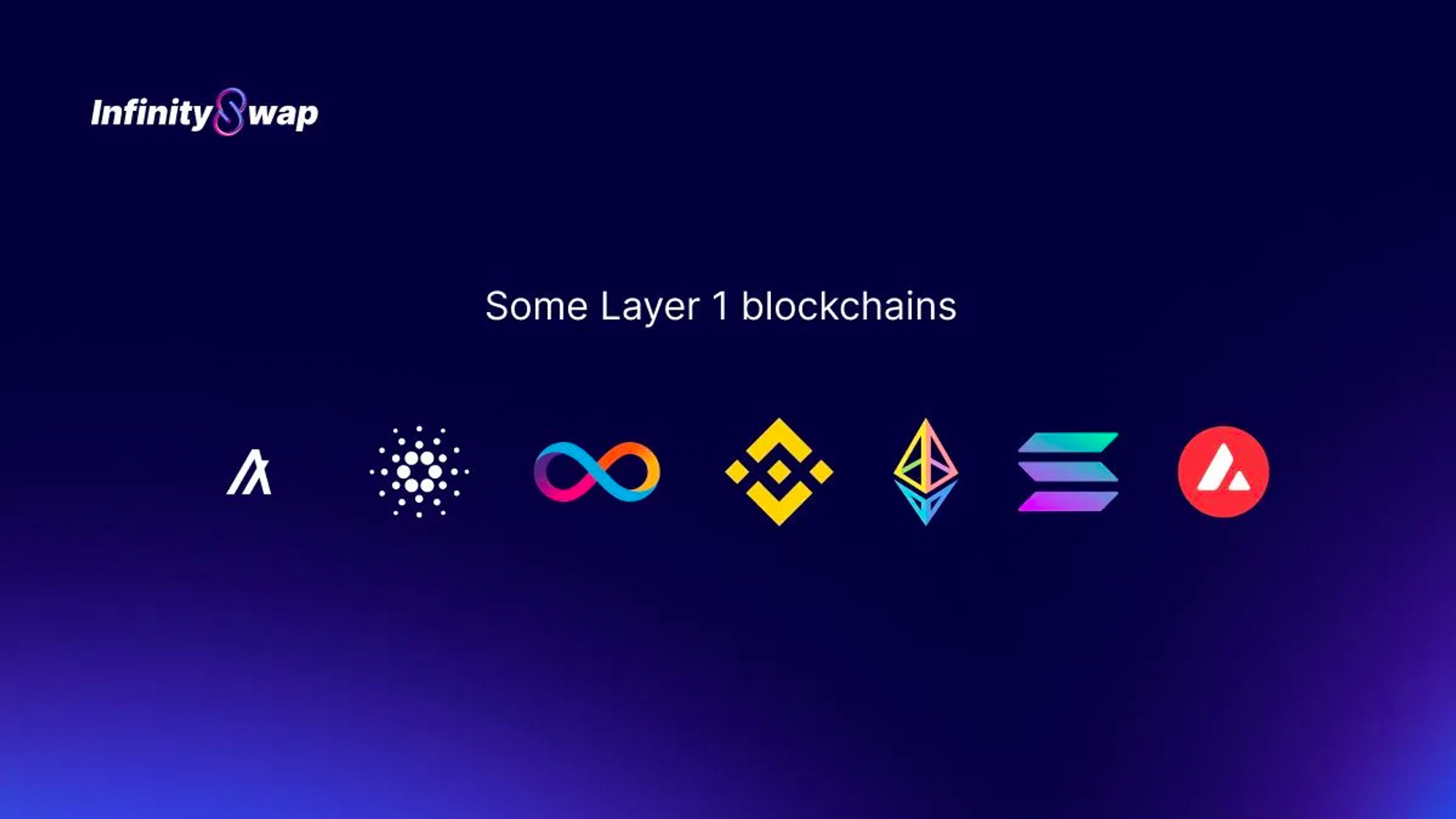
What is Layer 1 ?
According to the conceptualization put forth by Mensholong Lepcha, Layer 1 (L1) stands as the fundamental blockchain upon which subsequent secondary blockchain networks and applications can be constructed. At present, Bitcoin and Ethereum hold the distinction of being the largest L1 blockchains globally. The significance of L1 blockchains lies in their role of furnishing the essential infrastructure and security prerequisites for the seamless operation of Layer 2 (L2) blockchains.
A pertinent instance exemplifying the dynamics of L1 and L2 is illustrated through the interaction between Ethereum and Optimism. In this scenario, Ethereum functions as the primary or base blockchain (L1), while Optimism serves as a secondary layer constructed on top of Ethereum. This hierarchical structure entails that Optimism relies on Ethereum for foundational security, drawing upon Ethereum's robust proof-of-stake (PoS) consensus mechanism. Ethereum's network, consisting of stakers, node operators, and block producers, plays a critical role in safeguarding and validating transactions on the foundational Layer 1.
Moreover, the relationship between Ethereum and Optimism involves a dependence on Ethereum for data availability. As Optimism operates as a second layer, all transactions conducted within it are recorded on the foundational Layer 1, which in this case, is Ethereum. This interdependence ensures that the data generated by Optimism is contingent upon Ethereum, creating a symbiotic relationship between the two layers of the blockchain architecture.
Exploring Alternative Layer 1 (L1) Blockchains in the Crypto Space?
The dynamic growth of the cryptocurrency industry has led to the emergence of numerous alternative Layer 1 (L1) blockchains. Notable examples include Solana and Cardano, both designed with smart contract capabilities akin to Ethereum, offering diverse approaches to decentralization and scalability. Solana, for instance, prioritizes speed and cost-effectiveness over decentralization, resulting in faster transactions with lower fees compared to Ethereum.

While many competing L1 networks introduce substantial changes, Cardano stands out for its exceptional innovation. It adopts a unique consensus mechanism known as Ouroboros and utilizes the unspent transaction output (UTXO) model, distinguishing itself from the mainstream.
Ethereum, in contrast, employs an account-based model for its ledger. A multitude of competitive L1 blockchains, including Avalanche, BNB Chain, Aptos, Algorand, and Tezos, contribute to the diverse landscape of options available in the crypto ecosystem.
Which Is the Best Cryptocurrency to invest in?
In the dynamic world of cryptocurrencies, determining the best investment can be challenging. However, Nimbus, our cutting-edge app, is designed to assist users in making informed decisions. By leveraging real-time tracking and advanced analysis tools, Nimbus provides comprehensive insights into various cryptocurrencies. The app considers factors such as market trends, historical data, and trading patterns to help users identify potential investment opportunities. Additionally, Nimbus calculates potential profits and losses, empowering users to make strategic choices based on accurate and up-to-date information.

If You Are Investing in Cryptocurrency — Nimbus Is for You?
Navigating the complex world of cryptocurrency investments requires more than just luck—it demands knowledge and strategic insights. Enter Nimbus, the ultimate companion for crypto investors. Whether you're a seasoned trader or a newcomer to the crypto space, Nimbus offers a user-friendly experience with real-time tracking, detailed analyses, and a comprehensive overview of your trading history. The app's ability to calculate profits and losses in real time empowers users to make data-driven decisions, enhancing their understanding of market dynamics. With Nimbus, investing in cryptocurrency becomes a personalized journey, as the app equips users with the tools and information they need to navigate the markets successfully. If you're serious about your crypto investments, Nimbus is your ally in staying ahead and making informed choices in this ever-evolving landscape.
Conclusion
To sum it up, in the dynamic realm of blockchain evolution in 2024, Layer 1 tokens, such as Bitcoin and Ethereum's native currency, stand out as the linchpin. Beyond mere transactional tools, these tokens signify the bedrock of a decentralized digital future. Grasping their significance is key to staying ahead, fostering innovation, and comprehending the unfolding landscape of decentralized finance and smart contracts. As we navigate this transformative period, Layer 1 tokens not only offer a peek into a promising future but also shape the fundamental aspects of our financial systems, urging us to explore the vast potential embedded in blockchain technology.


